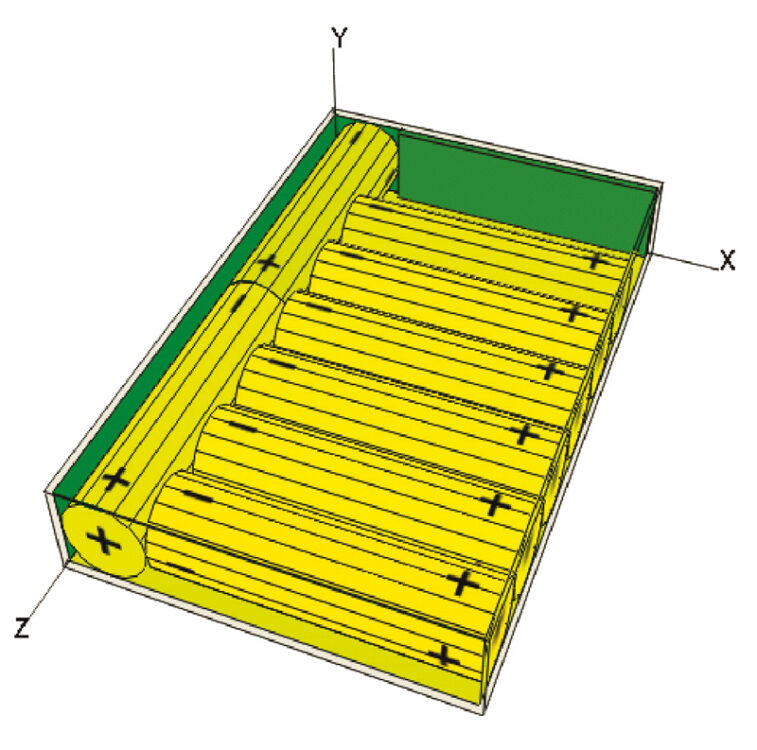Robert Spotnitz argues the case for industry-standard modelling software for proper design of battery systems.
Designing battery-powered devices today is much more difficult than it should be. The typical electrical engineer (EE) has no idea of how to select a battery, and so must rely on a battery expert. This situation has led to a process in which a device is designed first, and then a battery is found to power it.
This process all too frequently fails; for example, the first iPod batteries needed to be replaced, and there were complaints about the . . .
to continue reading this article...
Sign up to any Premium subscription to continue reading
To read this article, and get access to all the Premium content on bestmag.co.uk, sign up for a Premium subscription.
view subscription optionsAlready Subscribed? Log In












